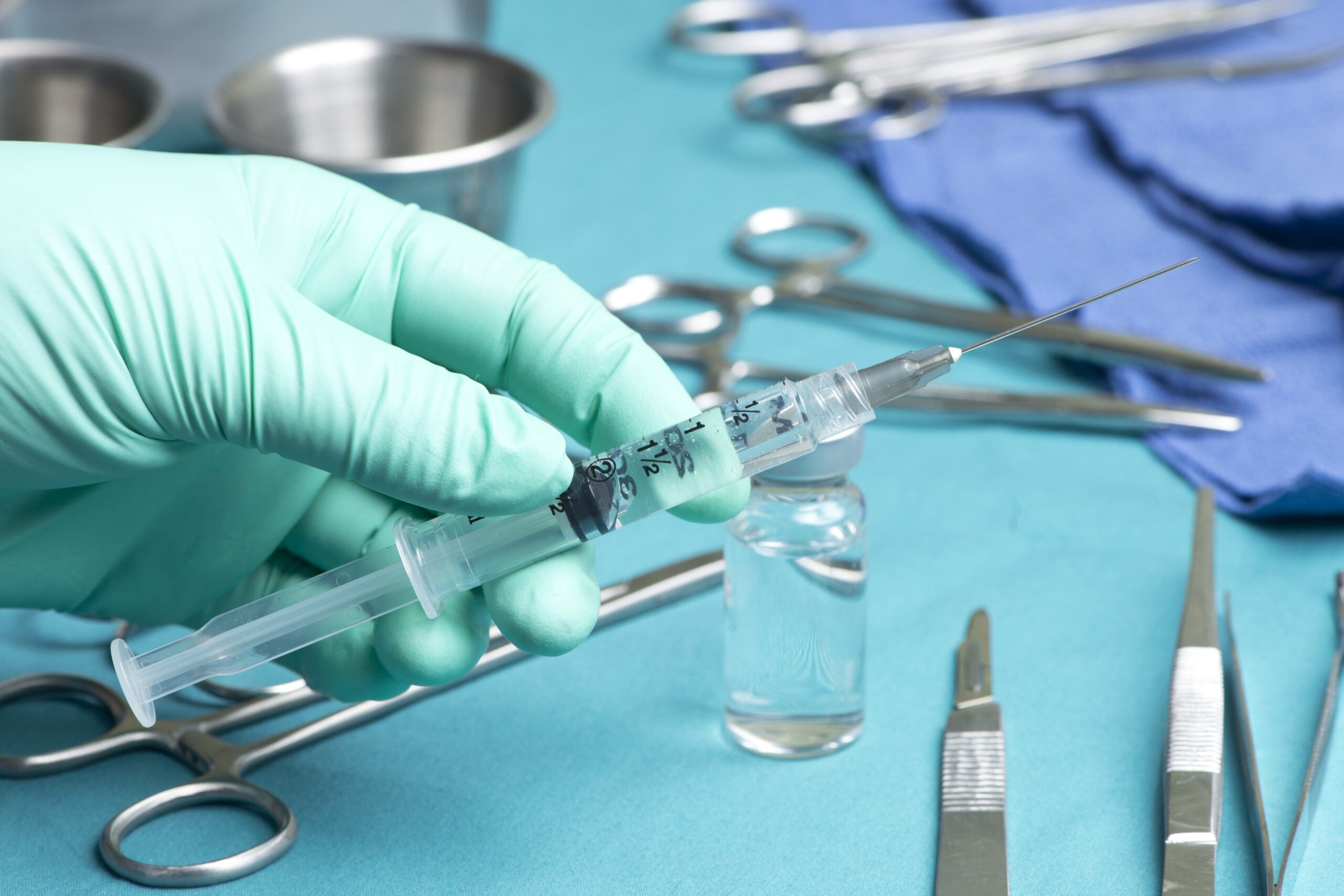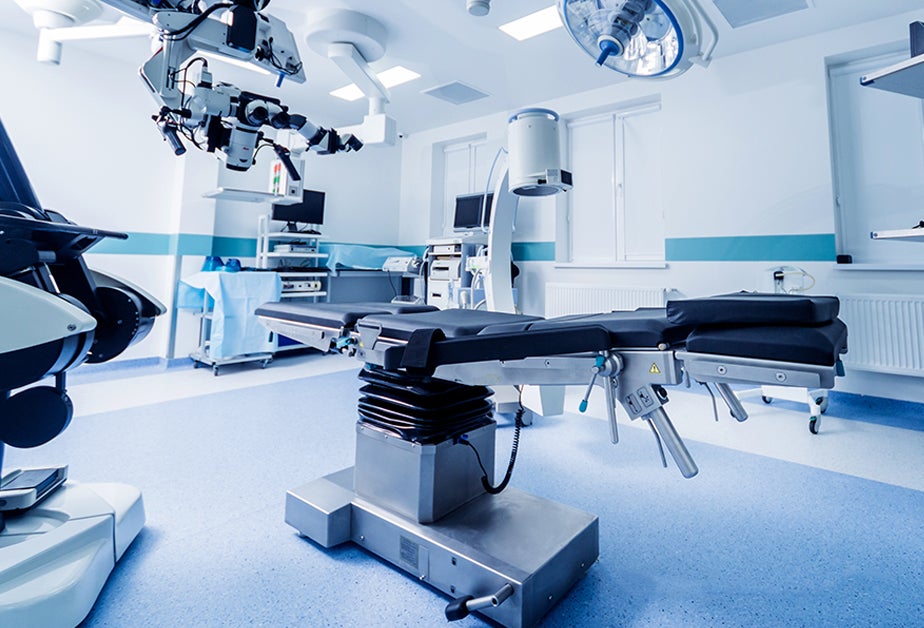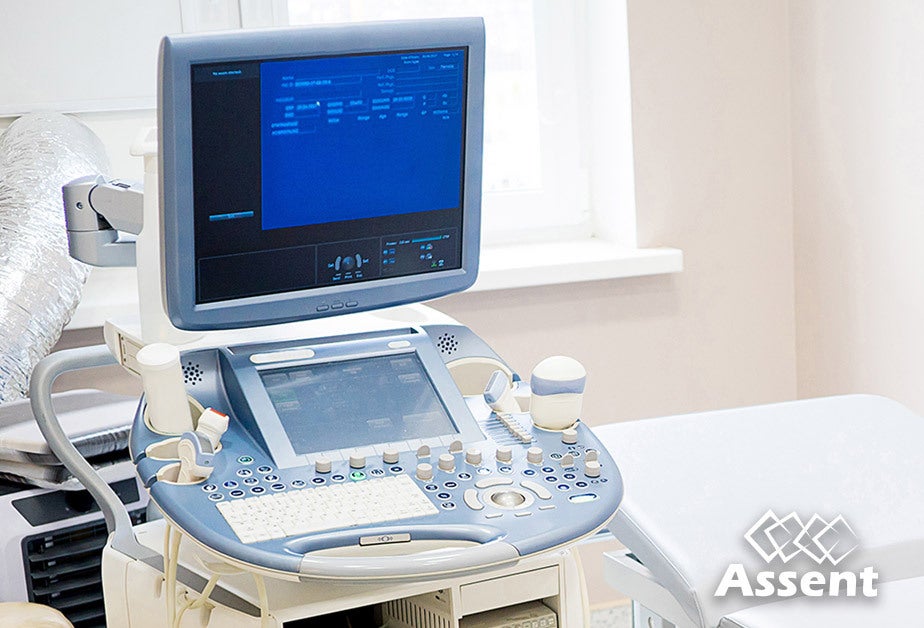After a three-year transition period, the European Union (EU) Medical Device Regulation (MDR) 2017/745 is set to take full effect on May 26, 2020, replacing the now-defunct EU Medical Device Directive (MDD).
Compared to the MDD, however, new definitions and classifications for medical devices in the EU MDR legal text will greatly expand on the types of products in scope of the regulation, presenting a challenge for manufacturers looking to demonstrate compliance.
The broad scope of this regulation stems from three specific lines within the EU MDR legal text. These three lines, found in Section 10.4.1, outline three specific device classes:
- Devices that “are invasive and come into direct contact with the human body.”
- Devices that “(re)administer medicines, body liquids or other substances, including gases, to/from the body.”
- Devices that “transport or store such medicines, body fluids or substances, including gases, to be (re)administered to the body.”1
Changes to Products In Scope
While invasive devices were expected to be in scope of the MDR based on the previous MDD, the requirements for devices that administer, readminister or transport medicines and other substances to and from the body are new, and they pose a greater challenge for successfully managing requirements under the MDR.
For example, the casing, injector and needle of an insulin pen could be in scope of EU MDR, and the scope of the regulation could even include throat lozenges and sunscreen dispensers. These products would not necessarily have been in scope under the previous directive, but may now be affected.
Companies uncertain about their products being in scope of EU MDR should first determine how their products are classified.
Download our guide, Building an Effective EU Medical Device Regulation Program, to learn how you can stay ahead of regulatory risk.
Determining Medical Device Classifications
Section 10.4.1 of the EU MDR effectively reclassifies medical devices, which directly affects the level of assessment and work necessary to demonstrate compliance. There are four main categories for medical device classification: Class I, Class IIa, Class IIb and Class III. Most low-risk products fall under Class I, with additional subclasses that require certification from a notified body.
Products are classified according to 22 rules laid out in EU MDR Annex VIII. Rules 19–22 are new to EU MDR, while rules 1–18 were carried over from the previous MDD. Referring to the three criteria laid out by Section 10.4.1 in conjunction with these rules can help companies determine how EU MDR impacts their products.
From there, companies can collect data on parts and components containing EU MDR listed substances and approach notified bodies. The higher the classification, the more work will be necessary.
The Assent Compliance Platform helps companies streamline the collection of supply chain data to support a variety of risk mitigation activities. To learn more about Assent’s solution, contact our experts.













